The often uneasy relationship between words and pictures is longstanding, as reflected in the previous post about captions. In some ways the tension between writing and photography mirrors that between art and photography in the struggle for equality as a medium of creative expression.
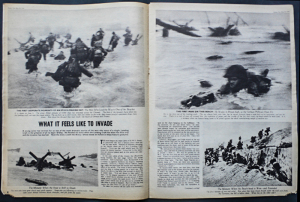 Nancy Newhall’s definition of text as, ‘The main literary statement accompanying a series of photographs…a complete and independent statement of words’ seems to embody this tension and stress the potential separateness. In magazine publishing there may be more overt completion for primacy and space, with the added complication of a demanding art director, though the best magazines from the great age of photojournalism show how this can be resolved successfully. A good relationship can also be expressed in what Newhall calls the ‘caption as miniature essay’, which ‘usually accompanies a single photograph and comprises with it a complete and independent unit.’
Nancy Newhall’s definition of text as, ‘The main literary statement accompanying a series of photographs…a complete and independent statement of words’ seems to embody this tension and stress the potential separateness. In magazine publishing there may be more overt completion for primacy and space, with the added complication of a demanding art director, though the best magazines from the great age of photojournalism show how this can be resolved successfully. A good relationship can also be expressed in what Newhall calls the ‘caption as miniature essay’, which ‘usually accompanies a single photograph and comprises with it a complete and independent unit.’
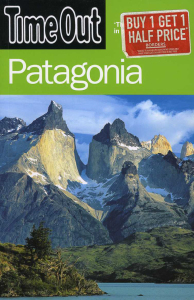 Never-the-less, when it comes to travel, photography and writing keep their distance, a dichotomy reflected by occupying separate shelves in bookshops. In looking into this it is important to define what we mean. Photography and writing often come together very well and are truly complementary in guide books, where both media inform the reader and there is perhaps a valid comparison with the achievements of magazine publishing. But I’m not thinking about guidebooks. Nor am I looking at glossy ‘coffee table’ books. The link I seek is between creative photography that seeks to reveal underlying truths about our world and the broad category of travel literature that aims to do the same, a link where the two come together to create something that is greater than the sum of the parts. In practice the two rarely meet successfully. Photo books leave you wanting to know more; travel literature leaves you wanting to see more.
Never-the-less, when it comes to travel, photography and writing keep their distance, a dichotomy reflected by occupying separate shelves in bookshops. In looking into this it is important to define what we mean. Photography and writing often come together very well and are truly complementary in guide books, where both media inform the reader and there is perhaps a valid comparison with the achievements of magazine publishing. But I’m not thinking about guidebooks. Nor am I looking at glossy ‘coffee table’ books. The link I seek is between creative photography that seeks to reveal underlying truths about our world and the broad category of travel literature that aims to do the same, a link where the two come together to create something that is greater than the sum of the parts. In practice the two rarely meet successfully. Photo books leave you wanting to know more; travel literature leaves you wanting to see more.
 Photography books separate photographs and text, the letter usually in the form of an introduction or essay not written by the photographer. Examples sufficient to illustrate the point include American Photographs (Walker Evans),The Americans (Robert Frank) and here far away (Pentti Sammallahti). Africa by Sebastiao Salgado nudges in the direction of how words and pictures might work together, but it is still essentially a photo book.
Photography books separate photographs and text, the letter usually in the form of an introduction or essay not written by the photographer. Examples sufficient to illustrate the point include American Photographs (Walker Evans),The Americans (Robert Frank) and here far away (Pentti Sammallahti). Africa by Sebastiao Salgado nudges in the direction of how words and pictures might work together, but it is still essentially a photo book.
Books in the travel literature genre show the other side of the coin. Shadow of the Silk Road (Colin Thubron), Walking the Woods and the Water (Nick Hunt) and Travels with a Tangerine (Tim Mackintosh-Smith) are just three examples of travel books without photographs. Where photographs are included in other volumes they often form a thin sandwich divorced from the flow of the text and appearing as mere illustrations, poor quality afterthoughts. Early editions of Patrick Leigh Fermor’s Mani has photographs by Joan Eyres Monsell (Leigh Fermor’s wife and a competent photographer) distributed through the text, but the words and pictures do not read as a whole.
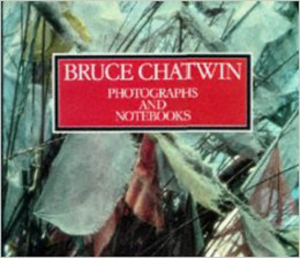 The evidence puts photographers and writers into different camps despite shared sensibilities: photographers understand and create narratives; and writers create lucid descriptions out of acute visual perceptions. Robert Macfarlane put the writers case at the Cambridge Literature Festival in 2015 when he said he had little interest or aptitude for photography and ‘the notebook rules the camera’. Bruce Chatwin, Norman Lewis and Eric Newby were all skilled photographers, but their books of that integrated pictures and text were exceptions in a large body of literary work.
The evidence puts photographers and writers into different camps despite shared sensibilities: photographers understand and create narratives; and writers create lucid descriptions out of acute visual perceptions. Robert Macfarlane put the writers case at the Cambridge Literature Festival in 2015 when he said he had little interest or aptitude for photography and ‘the notebook rules the camera’. Bruce Chatwin, Norman Lewis and Eric Newby were all skilled photographers, but their books of that integrated pictures and text were exceptions in a large body of literary work.
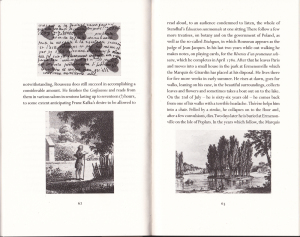 Maybe the disciplines are so different that we should not expect to find great photographers and writers of place embodied in one person. It would, however, be good to see the two coming together in books where careful layout fuses the tensions moods and rhythms of words and pictures to create a new expression of travel and place. Though they are neither books of photography nor travel writing the works of W. G. Sebald, Vertigo, Austerlitz, and Rings of Saturn, hint at what might be achieved.
Maybe the disciplines are so different that we should not expect to find great photographers and writers of place embodied in one person. It would, however, be good to see the two coming together in books where careful layout fuses the tensions moods and rhythms of words and pictures to create a new expression of travel and place. Though they are neither books of photography nor travel writing the works of W. G. Sebald, Vertigo, Austerlitz, and Rings of Saturn, hint at what might be achieved.
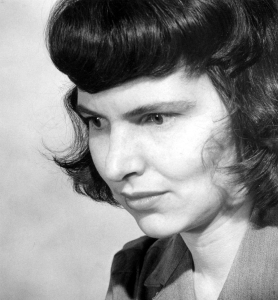 Nancy Newhall argued that ‘a great photograph outlives any words that may from time to time be attached to it, just as a great book outlives many attempts to illustrate it.’ True – but that is no reason for giving up on finding ways for the two to meet.
Nancy Newhall argued that ‘a great photograph outlives any words that may from time to time be attached to it, just as a great book outlives many attempts to illustrate it.’ True – but that is no reason for giving up on finding ways for the two to meet.
